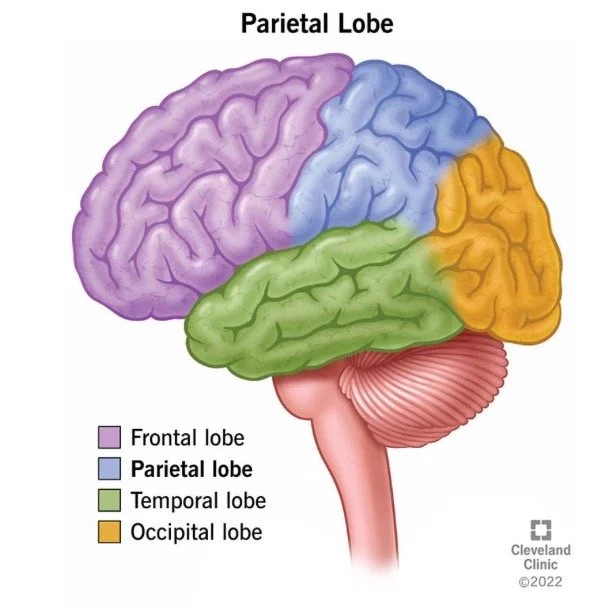The Neuroscience Behind Coordination
Written By: Andrea Cedeño
The coordination between the eyes and hands is a marvel of neurological precision. From the simple act of reaching for a cup of coffee to the complexity of playing a musical instrument, our brains seamlessly integrate visual information with precise motor actions. This article from Science ReWired will explore the fascinating world of neuroscience behind eye and hand coordination.
The Visual Pathway: From Sight to Perception
The journey of coordination begins with the eyes. The visual system is a complex network that starts with the eyes capturing the external world through light. This visual information is then transformed into electrical signals by specialized cells in the retina. These signals travel through the optic nerve to the brain's visual processing centers, such as the primary visual cortex. Detailed neural mechanics occur in these regions, allowing the brain to make sense of the visual input. The brain processes information about the location, shape, and movement of objects, providing a detailed representation of the visual scene.
The Parietal Lobe: Integrating Visual and Spatial Information
A crucial player in the coordination game is the parietal lobe, specifically the posterior parietal cortex. This region integrates visual information with spatial awareness and plays a pivotal role in transforming visual input into motor commands. Neurons in the posterior parietal cortex produce the location of objects in the visual field and are involved in the planning and execution of movements.
When we decide to reach for an object, neurons in the posterior parietal cortex become active, creating a spatial map that guides the upcoming motor action. This map serves as a blueprint for the movement, ensuring that the hand reaches the intended target with precision.
The Motor Cortex: Orchestrating Precision Movements
The motor cortex, located in the frontal lobe, is the conductor of the orchestra, responsible for translating the intentions formed in the parietal lobe into specific motor commands. As the brain's motor control center, the motor cortex contains a detailed map of the body with specific regions dedicated to controlling different body parts.
When it comes to eye and hand coordination, the motor cortex orchestrates the intricate dance of movement. Neurons in this region send signals down the spinal cord, leading to the activation of muscles that control the eyes and hands. The level of precision achieved in these movements is a testament to the remarkable neural control exerted by the motor cortex.
Feedback Loops: Refining Movements in Real-Time
Coordination isn't a one-way street; it involves continuous feedback loops that refine movements in real-time. As the hand reaches for an object, visual feedback is crucial for adjusting the trajectory and ensuring accuracy. This feedback loop involves the visual system processing information about the ongoing movement and adjusting motor commands accordingly. The cerebellum, often referred to as the "little brain," plays a crucial role in these feedback mechanisms. It receives information about the ongoing movement and compares it with the intended movement, fine-tuning motor commands to ensure precise execution.
Development of Coordination: From Infancy to Expertise
The development of eye and hand coordination is a fascinating journey that starts with kids. As babies explore their surroundings, the neural connections involved in coordination begin to form and strengthen. Over time, with practice and experience, these connections become more refined, leading to the seamless coordination seen in skilled activities such as playing a musical instrument or typing on a keyboard.
The plasticity (ability to change or adapt) of the brain allows for continuous refinement and adaptation, enabling individuals to develop and maintain high levels of coordination throughout their lives.
The neuroscience behind coordination, particularly between the eyes and hands, reveals the remarkable complexities of the human brain. From the initial capture of visual information to the precise execution of motor actions, a symphony of neural processes ensures that our movements are not only purposeful but also incredibly accurate. Understanding these processes not only deepens our appreciation for the complexity of the brain but also opens avenues for developing interventions for conditions that affect coordination, offering hope for improved rehabilitation strategies in the future.

